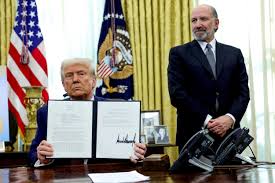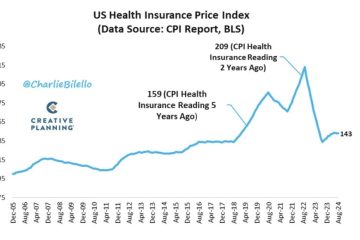The Economic Impacts of Trump Tariffs

Introduction
The imposition of tariffs by former President Donald Trump was a pivotal moment in U.S. trade policy, shaping economic relationships both domestically and internationally. The significance of these tariffs, primarily aimed at reducing trade deficits and protecting American industries, continues to reverberate through global markets. Understanding the implications of Trump’s tariffs is crucial for assessing both their immediate economic outcomes and their longer-term effects on international trade dynamics.
Overview of Trump Tariffs
Starting in early 2018, the Trump administration instituted a series of tariffs on various imported goods, including steel and aluminium, under the justification of safeguarding national security and promoting fair trade practices. The newly imposed tariffs led to retaliatory measures from affected trading partners such as China, Canada, and the European Union, resulting in a protracted trade war that affected multiple sectors of the economy.
Economic Impacts
The economic effects of the tariffs have been mixed. On one hand, they successfully boosted some domestic industries by decreasing import competition; for instance, U.S. steel production saw a temporary increase. However, the tariffs also resulted in higher prices for consumers, as many U.S. retailers faced increased costs for imported products, notably electronics and clothing. According to a study by the Federal Reserve, the tariffs are estimated to have cost the American economy approximately $1.4 billion per month, leading to concerns over inflation in the wake of rising consumer prices nationwide.
Trade Relationships and Global Markets
Trump’s tariffs have strained long-standing trade relationships, most notably with China. The bilateral trade tensions intensified, leading to billions in tariffs that affected numerous goods, including agricultural products where U.S. farmers experienced drastic declines in exports. Furthermore, the long-term ramifications extend beyond immediate trade conflicts, affecting global supply chains and prompting many businesses to reevaluate their procurement strategies.
Conclusion
The legacy of Trump tariffs continues to influence trade policies under the Biden administration, with discussions around potential tariff reductions or adaptations being recurrent themes. While certain sectors saw benefits, the reduction in competition has raised concerns regarding consumer prices and international relations. Moving forward, it remains essential for policymakers to balance the protection of domestic industries with the need for stable and cooperative trade relations globally. The long-term enabling of a fair trade environment may very well depend on how these tariffs are navigated in the coming years.









